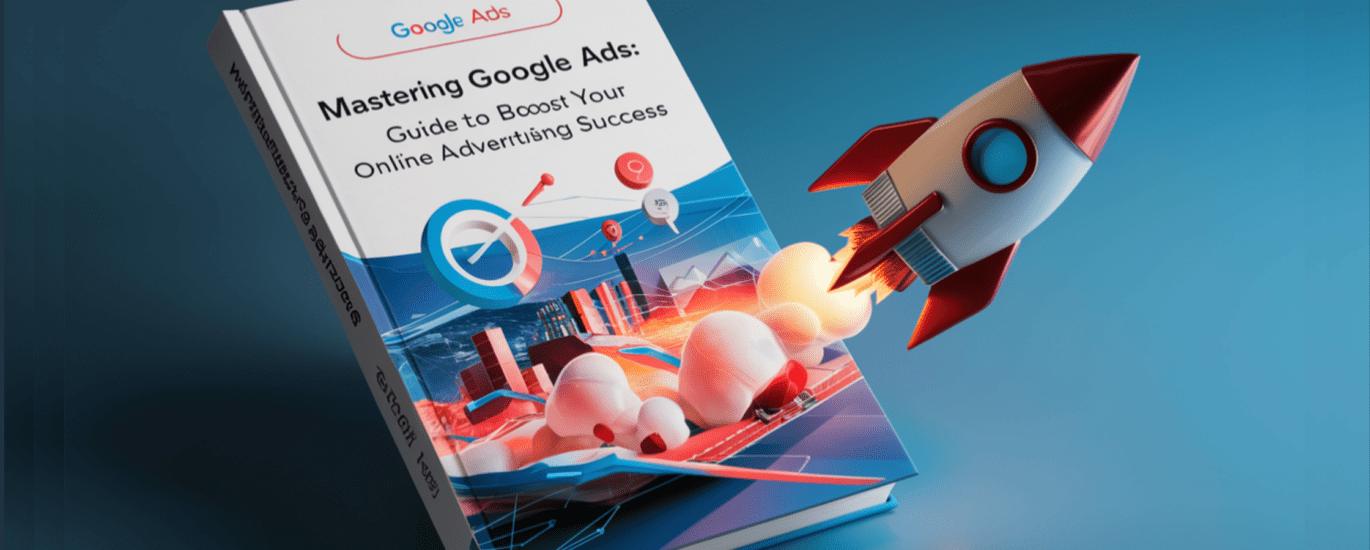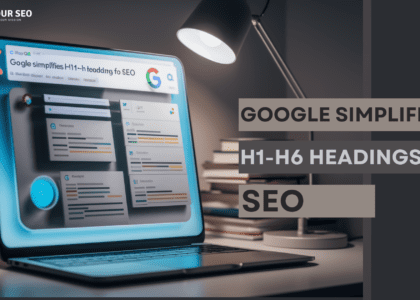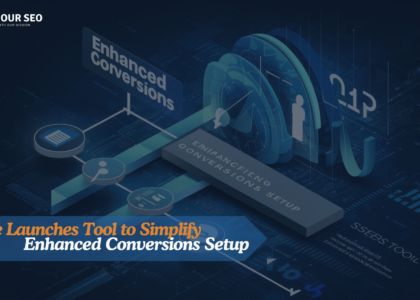Google Ads, formerly known as Google AdWords, is one of the most powerful advertising platforms available today. It allows businesses to reach potential customers right when they’re searching for products or services. However, leveraging Google Ads effectively requires a deep understanding of its features, strategies, and best practices. In this comprehensive guide, we’ll explore the key components of Google Ads, providing you with the knowledge you need to create successful campaigns.

1. Understanding Google Ads
Google Ads operates on a pay-per-click (PPC) model, where advertisers bid on keywords, and pay for each click on their ads. The primary components of Google Ads include:
- Search Network: Ads appear on Google search results pages.
- Display Network: Ads are shown on websites that partner with Google.
- Shopping Ads: Product listings shown in Google Shopping.
- Video Ads: Ads displayed on YouTube and other video platforms.
- App Campaigns: Promote apps across Google’s network.
2. Keyword Research
Keyword research is the foundation of a successful Google Ads campaign. It involves identifying the terms potential customers use when searching for your products or services. Tools like Google Keyword Planner can help you find relevant keywords, providing insights into search volume, competition, and estimated cost per click.
Tips for Effective Keyword Research:
- Use Long-Tail Keywords: These are more specific and often less competitive.
- Analyze Competitors: Look at the keywords your competitors are targeting.
- Consider User Intent: Understand whether the user is looking to buy, learn, or compare.
3. Creating Compelling Ads
Your ad copy is crucial in attracting clicks and conversions. It should be relevant, engaging, and include a strong call-to-action (CTA). Each ad consists of:
- Headline: Captures attention and includes the main keyword.
- Description: Provides additional information and reinforces the CTA.
- Display URL: Shows the URL that users will see.
Best Practices for Ad Copy:
- Highlight Unique Selling Points: What makes your product or service stand out?
- Include Keywords: This helps in relevancy and quality score.
- Use Ad Extensions: These provide additional information and links, enhancing your ad’s visibility.
4. Quality Score and Ad Rank
Google uses a metric called Quality Score to evaluate the relevance and quality of your ads and keywords. It directly influences your Ad Rank, which determines your ad position and cost per click.
Factors Affecting Quality Score:
- Click-Through Rate (CTR): Higher CTR indicates relevance.
- Ad Relevance: How closely your ad matches the keyword.
- Landing Page Experience: The relevance and quality of the landing page users are directed to.
Improving your Quality Score can lead to higher ad positions and lower costs.
5. Bid Strategies
Google Ads offers several bidding strategies, depending on your campaign goals:
- Manual CPC: You set the maximum cost you’re willing to pay for a click.
- Enhanced CPC: Adjusts your manual bids to increase conversions.
- Target CPA: Focuses on getting conversions at your target cost per acquisition.
- Target ROAS: Aims for a specific return on ad spend.
- Maximize Clicks: Automatically sets bids to get the most clicks within your budget.
- Maximize Conversions: Uses machine learning to get the most conversions within your budget.
Choosing the right bidding strategy is crucial for maximizing your ad spend efficiency.
6. Remarketing
Remarketing allows you to target users who have previously visited your website but did not convert. This is an effective way to re-engage potential customers and drive conversions.
Remarketing Strategies:
- Standard Remarketing: Show ads to past visitors as they browse websites and apps.
- Dynamic Remarketing: Customize ads based on the specific products or services they viewed.
- Remarketing Lists for Search Ads (RLSA): Adjust your search ads and bids for previous visitors.
7. Tracking and Optimization
Continuous monitoring and optimization are essential for a successful Google Ads campaign. Use Google Analytics and conversion tracking to measure performance.
Key Metrics to Track:
- CTR: Indicates how often people click on your ad after seeing it.
- Conversion Rate: The percentage of clicks that result in a conversion.
- Cost per Conversion: The amount you spend to acquire a conversion.
- ROI: The return on investment for your ad spend.
Regularly analyze these metrics to identify areas for improvement and adjust your campaigns accordingly.
Conclusion:
Google Ads is a dynamic and powerful platform that can drive significant traffic and conversions when used effectively. By understanding the core components, conducting thorough keyword research, crafting compelling ads, and continuously optimizing your campaigns, you can harness the full potential of Google Ads. Remember, success in Google Ads comes from continuous learning, experimentation, and adaptation to changing market conditions.
Start leveraging Google Ads today and take your digital marketing efforts to the next level!





